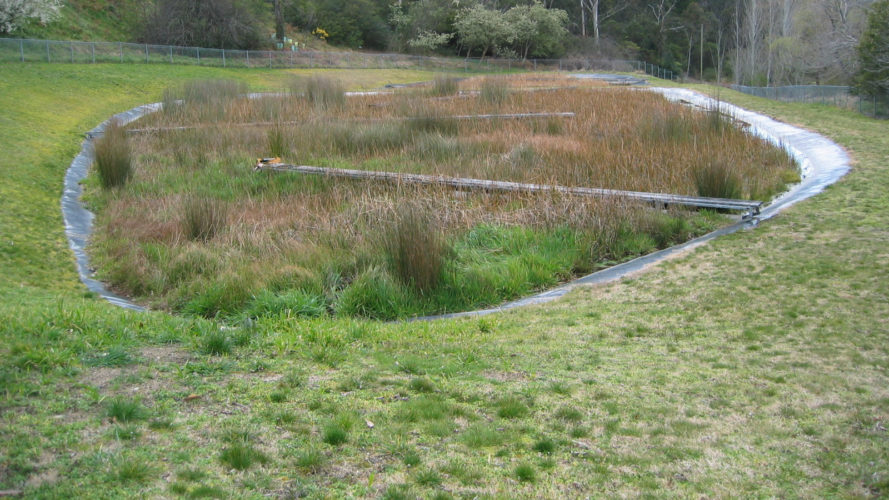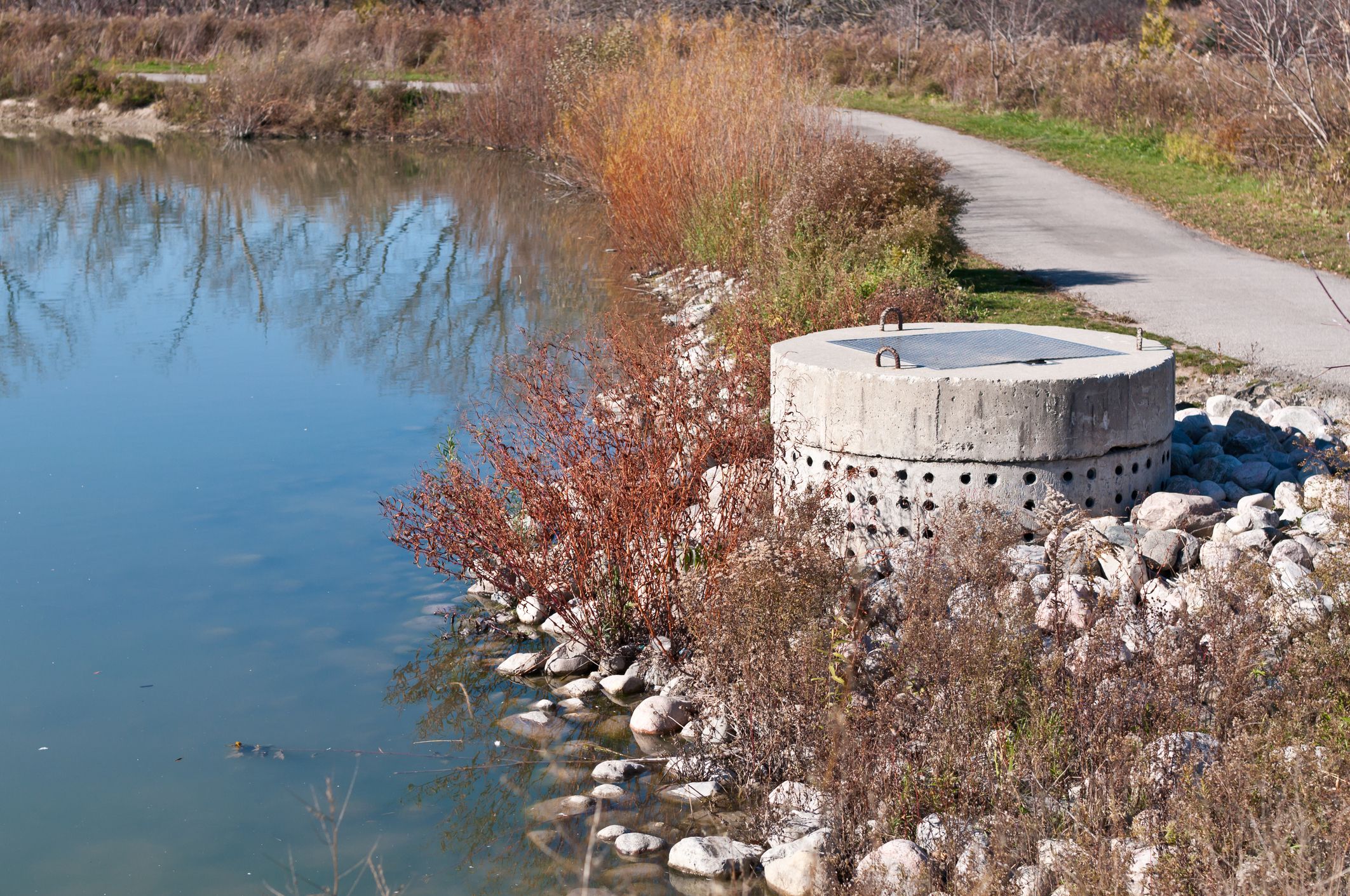The latest research from the Municipal Natural Assets Initiative (MNAI) found that natural assets like wetlands, forests, and ponds help communities in Canada better manage flood risk.
“In Canada and beyond, urban infrastructure is in very poor shape,” said Roy Brooke, executive director of the Municipal Natural Assets Initiative (MNAI). “And every year, local governments face increasing pressures from growing populations, extreme weather conditions, and tightening budgets. These latest MNAI research results demonstrate why more and more local governments are discovering that it makes sense to incorporate natural assets such as wetlands, forests, ponds, watersheds, or creeks into their asset management plans.”
These findings are based on six assessments of natural infrastructure values from the District of Sparwood and City of Courtenay in British Columbia; the Town of Florenceville-Bristol, Village of Riverside-Albert, and Town of Riverview in New Brunswick; and the City of Oshawa in Ontario.
“The Southeast Regional Service Commission (SRSC) recently conducted two MNAI pilots together with the Town of Riverview and the Village of Riverside-Albert,” said James Bornemann, geomatics manager at SRSC. “Through these pilots, we valuated the stormwater and drinking water supply services provided by the forests and wetlands in these communities.”
“The MNAI team helped guide us through the asset management planning process for natural assets,” added Bornemann. “This included creating an inventory of the forest and wetlands in the catchment areas, assessing their condition, and determining the level of service these assets provide under current and future climate and land use scenarios through hydrological modelling. The asset management planning process also included valuating the lifecycle costs if the natural assets were to be replaced with engineered infrastructure.”
In each community, the assessment results demonstrated that conservation and proper management of natural assets has helped local governments deliver core services to their residents at a reduced cost compared to traditional engineered or grey infrastructure assets. The full technical reports, summary briefs, and overview report are available here.

“The MNAI’s team provided valuable experience and leadership in natural asset management,” said Bornemann. “Through its guidance we were not only able to conduct these projects, but also to gain in-house capacity to expand this work with communities across our region.”
“By being able to place a dollar value on natural assets in an equivalent way to engineered assets, this approach provided evidence to make more resilient and lower cost service delivery decisions,” added Bornemann.
In the communities MNAI worked with, natural assets provided savings ranging from $0.2 to $414 million. “In Riverview the wetlands and forests in a proposed development area provided a minimum of $1.4 million in stormwater services,” said Bornemann. “This has led to initial steps to alter the future road network to avoid the wetlands. The next step will be to develop a new land use plan for this area to ensure the important stormwater services of these natural assets can be maintained.”
Previously, MNAI worked with the City of Gibsons, City of Nanaimo, District of West Vancouver, and City of Grand Forks in British Columbia, as well as the Region of Peel and the Town of Oakville in Ontario, to explore economic values of services provided by natural assets. Documents for these communities are available here.
The MNAI team provides scientific, economic, and municipal expertise to support and guide local governments to identify, value, and account for natural assets in their financial planning and asset management programs. MNAI also helps local governments develop leading-edge, sustainable, and climate-resilient infrastructure.









